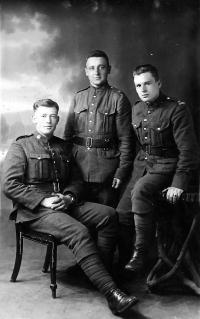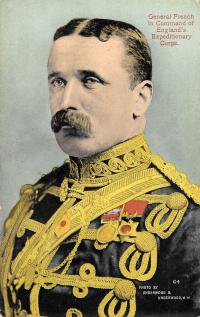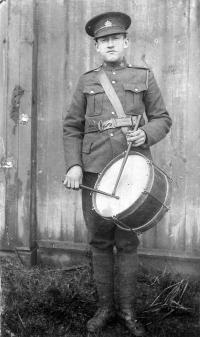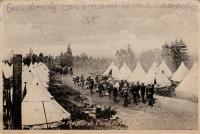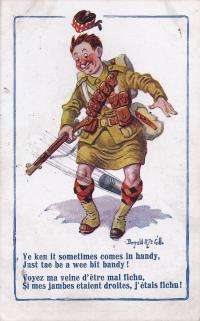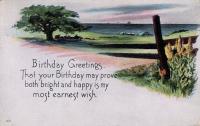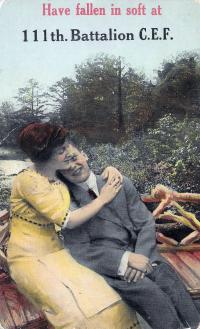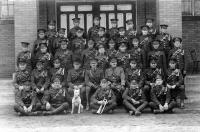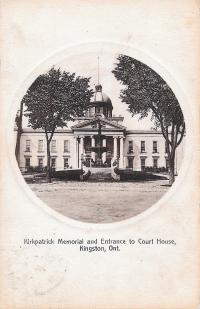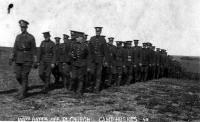Fighting
117th Battalion CEF
The 117th battalion was recruited in the Eastern townships and mobilized in Sherbrooke, Ontario, with a strength of 36 officers and 856 other ranks. The battalion embarked from Halifax on 14 August 1916, on the troop ship Empress of Britain, and disembarked in the UK on 24 August.
116th Battalion CEF
The 116th battalion was recruited in Ontario County and mobilized in Uxbridge, Ontario , with a strength of 36 officers and 948 other ranks. The battalion embarked from Halifax on 24 July 1916, on the troop ship Olympic, and disembarked in the UK on 31 July, and arrived in France on 13 February 1917.
115th Battalion CEF
The 115th battalion was recruited throughout New Brunswick and mobilized in Saint John, New Brunswick, with a strength of 34 officers and 801 other ranks. The battalion embarked from Halifax on 24 July 1916, on the troop ship Olympic, and disembarked in the UK on 31 July.
114th Battalion CEF
The 114th battalion was recruited in Haldimand County and on the Six Nations Reserve (with nearly 300 Indigenous volunteers) and mobilized in Cayuga, Ontario, with a strength of 30 officers and 679 other ranks. The battalion embarked from Halifax on 1 November 1916, on the troop ship Caronia, and disembarked in the UK on 11 November.
113th Battalion CEF
The 113th battalion was recruited in Lethbridge and Calgary, and mobilized in Calgary, Alberta, with a strength of 30 officers and 883 other ranks. The battalion embarked from Halifax on 27 September 1916, on the troop ship Tuscania, and disembarked in the UK on 6 October.
112th Battalion CEF
The 112th battalion was recruited in Hants, Kings, Digby, Yarmouth, Queens, Shelburne, Lunenburg, Annapolis and Halifax counties and mobilized in Windsor, Nova Scotia, with a strength of 36 officers and 1090 other ranks. The battalion embarked from Halifax on 24 July 1916, on the troop ship Olympic, and disembarked in the UK on 31 July.
111th Battalion CEF
The 111th battalion was recruited in Waterloo County (South Waterloo riding, which included Galt, Preston and Hespeler and mobilized in Galt, Ontario, with a strength of 25 officers and 637 other ranks. The battalion embarked from Halifax on 27 September 1916, on the troop ship Tuscania, and disembarked in the UK on 6 October.
110th Battallion
The 110th battalion was recruited in Perth County and was mobilized in Stratford, Ontario, with a strength of 26 officers and 635 other ranks. The battalion embarked from Halifax on 1 November, on the troop ship Caronia, and disembarked in the UK on 11 November.
109th Battalion CEF
The 109th battalion was recruited in Victoria and Haliburton Counties and mobilized in Lindsay, Ontario, with a strength of 35 officers and 775 other ranks. The battalion embarked from Halifax on 24 July 1916, on the troop ship Olympic, and disembarked in the UK on 31 July.
108th Battalion CEF
The 108th battalion was recruited in Manitoba and mobilized in Selkirk, Manitoba, with a strength of 32 officers and 843 other ranks. The battalion embarked from Halifax on 19 September 1916, on the troop ship Olympic, and disembarked in the UK on 25 September.

